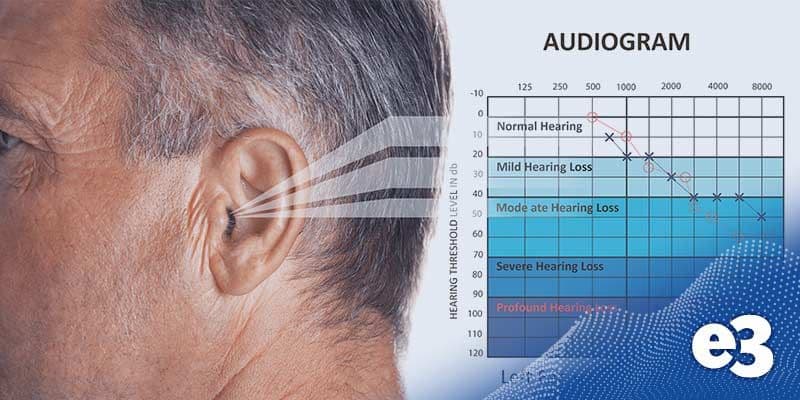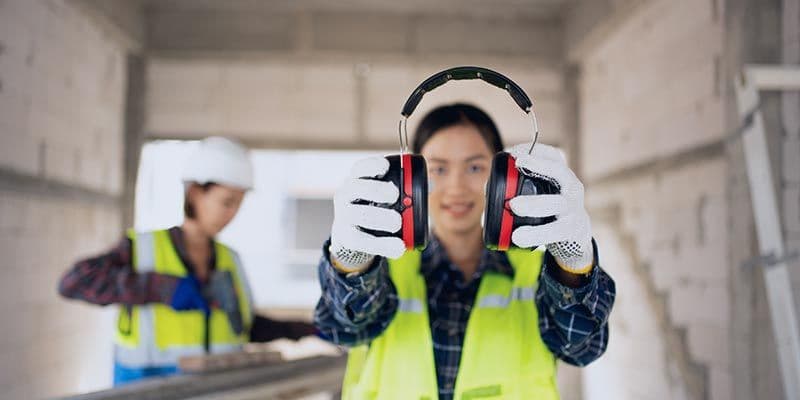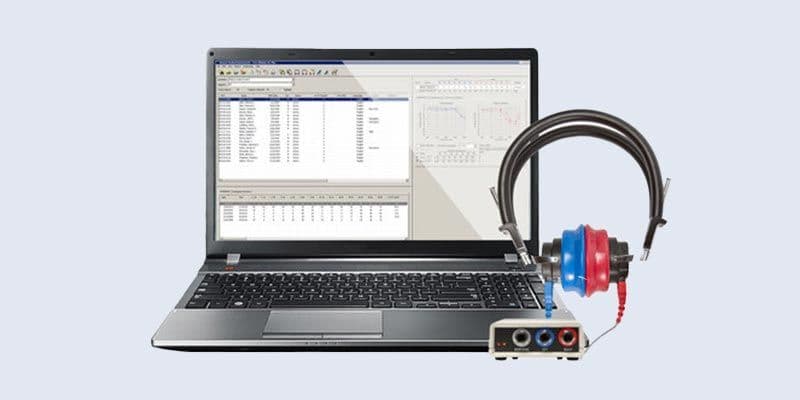OSHA Hearing Test Requirements for Occupational Testing

About 25% of U.S. workers are exposed to dangerous noise, and 34% don’t use hearing protection. Long-term exposure to loud noise can cause serious hearing loss.
Noise-induced hearing loss (NIHL) can often be prevented with a good Hearing Conservation Program (HCP). It’s vital to protect employees’ hearing in noisy workplaces, and following OSHA’s hearing test requirements is essential for this.
Overview of OSHA Hearing Conservation Program
OSHA’s Hearing Conservation Program (HCP) is designed to protect workers from the harmful effects of noise exposure. The program mandates that employees working in loud noise undergo regular hearing tests.
Employers must establish an HCP when workers are exposed to an 8-hour time-weighted average (TWA) of 85 dB(A). The program’s main components include noise monitoring, audiometric testing, hearing protection, employee training, and record-keeping.






